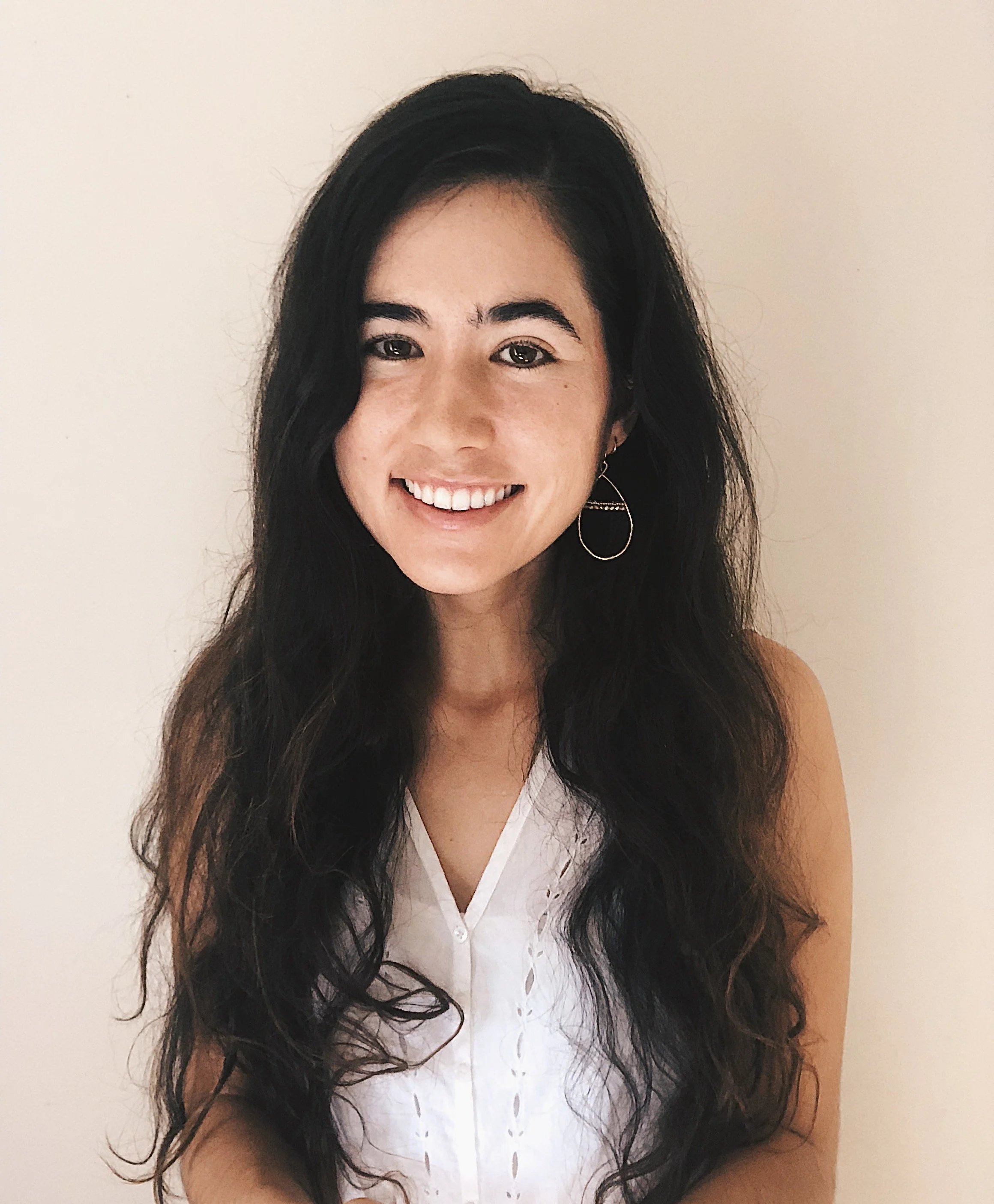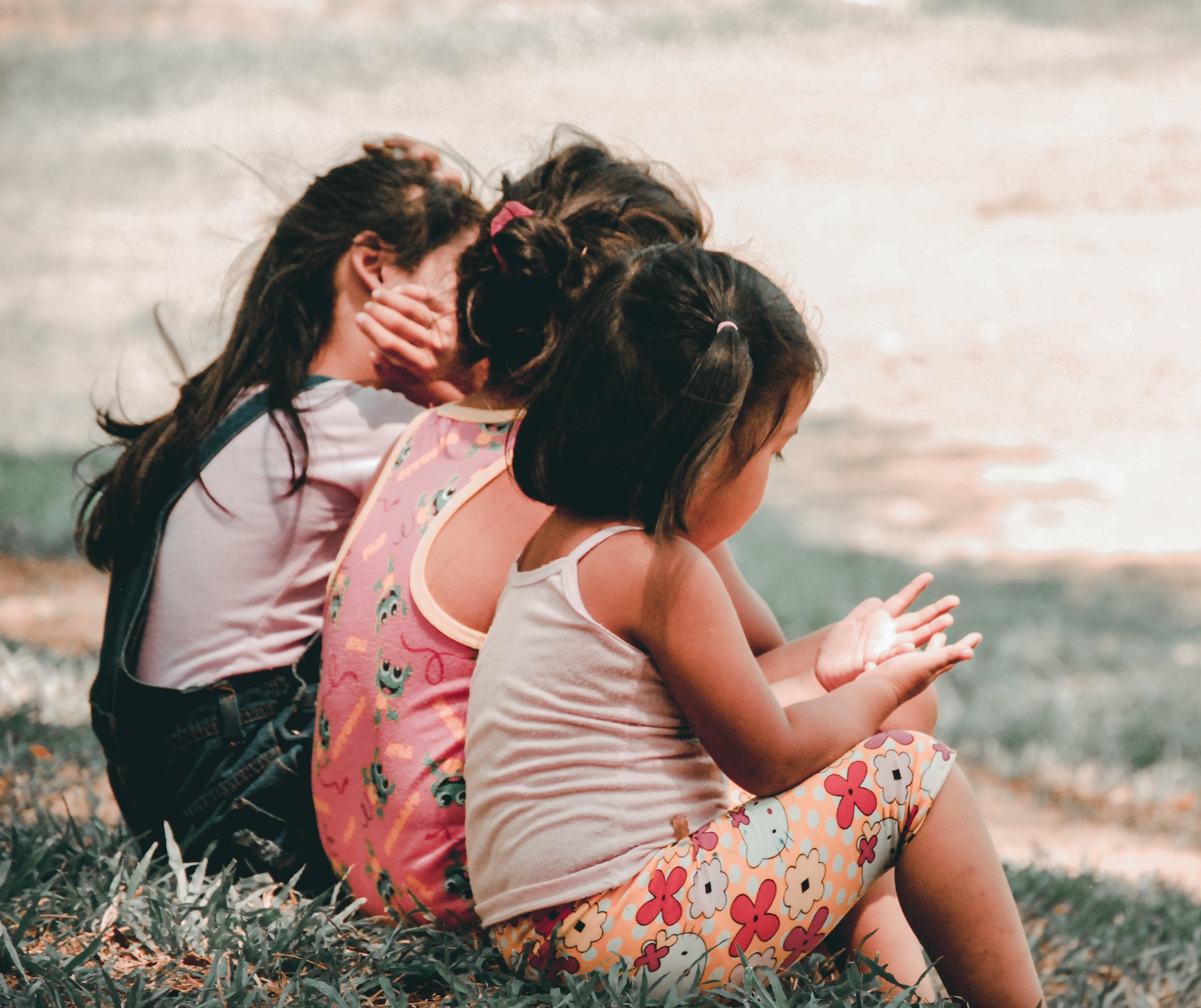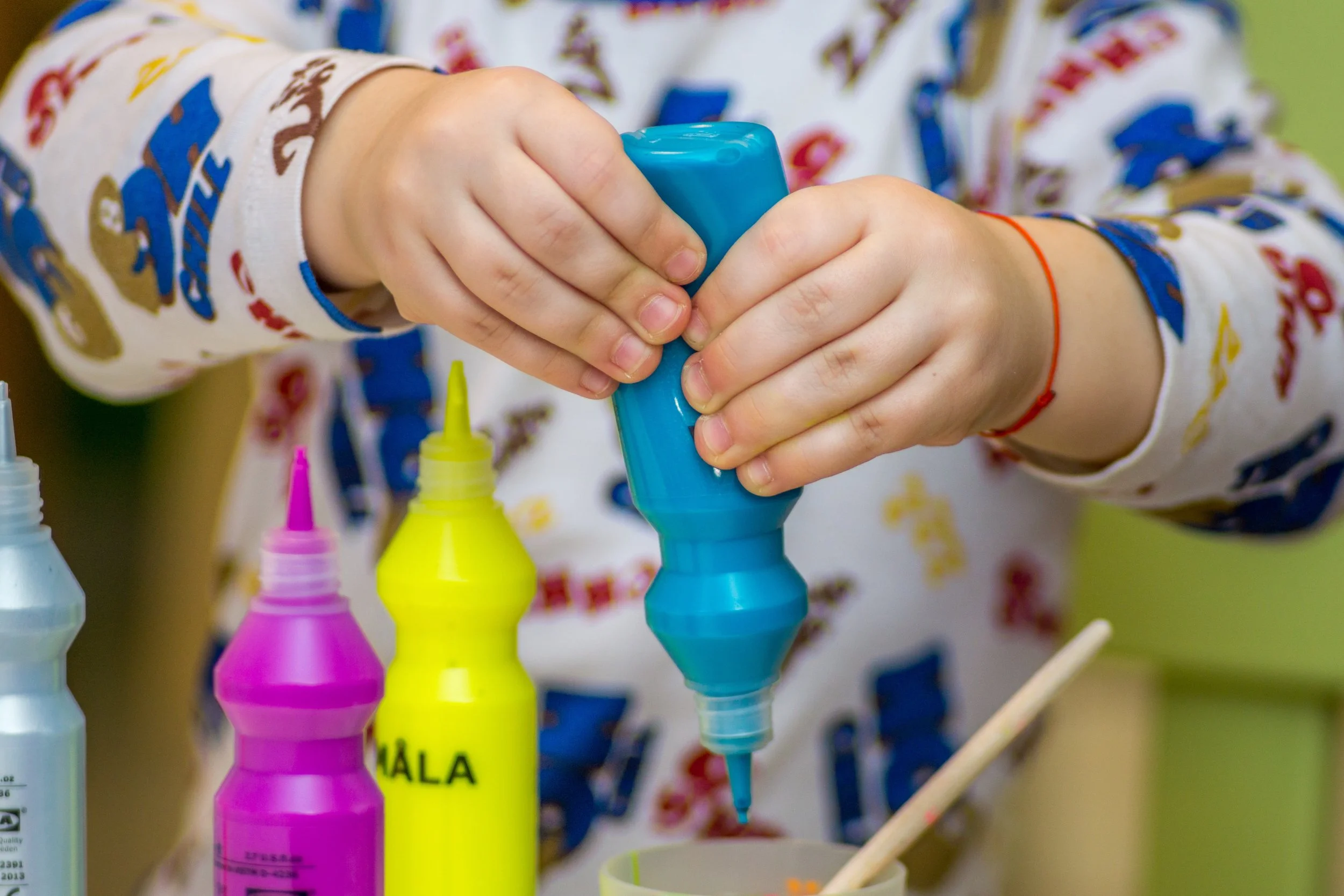Who am I?
As a former high school teacher, I have a history of working with children, teens, and their families here on the island. I believe education and early intervention to be crucial in effecting positive change in communities. I received my master’s degree in Marriage and Family Therapy from George Fox University in Oregon, as well as a post-gradate certificate in Trauma Response Services. I specialize in working with youth (ages 3-18) and their families, particularly those with a history of trauma.
I utilize both directive and non-directive play therapy methods with clients depending on age, treatment goals, presenting concerns, and more. With older children/ teens, talk therapy will also be incorporated as appropriate and when helpful. I believe the healing power of play can be a powerful tool to harness with clients of all different ages, cultures, and backgrounds. I integrate non-traditional techniques of play, art, and sand therapies with more traditional attachment and developmental theories in order to best meet the needs of my clients.
In my everyday life, you can find me reading good books, spending time at the beach, or having a cup of coffee with close friends.
Kimberley K.W. Warnecke, M.A. Marriage & Family Therapist Intern Supervised by Tony Lai, LPC, RPT-S and Stephanie Daniels, LMFT
What is Play Therapy?
Play therapy takes a developmentally-appropriate approach by allowing children to communicate through their natural medium of expression: play. Play therapists use carefully-selected toys in their playroom to provide an environment that unleashes their potential for growth.
The Association for Play Therapy has created this short video to explain more about play therapy:
“Birds fly, fish swim, and children play.”
-Dr. Garry Landreth
Examples of Types of Play Therapy:
Drawing
Painting
Clay/ PlayDough
Sandtray
Therapeutic Storytelling
Therapeutic Games
Puppets
Dollhouse
Movement
And more!
Does it Work?
Play therapy is an evidence-based treatment modality that uses children's natural ways of expression and communication. Therapists strategically use play to help children express what is troubling them when they do not have the verbal language to do so. Research has shown play therapy to be beneficial and healing for children in many ways:
Helping them develop creative solutions to problems.
Increasing empathy and respect for others.
Learning to express emotions.
Establishing self-efficacy and increased confidence.
Developing new social skills.
Improving ability to regulate emotions.
And more!
“In the playroom, toys are used like words, and play is the child’s language.”
— Dr. Garry Landreth



